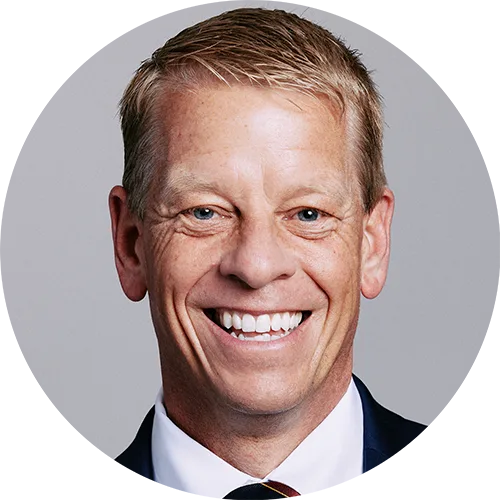Trending in the 6th Century

If social media had existed in the 6th century, what topics would be trending? On this episode of 5 Minutes in Church History, Dr. Stephen Nichols highlights noteworthy events from an age defined by lethal plagues, controversial heresy, and the spread of the gospel.
Welcome back to another episode of 5 Minutes in Church History. On this episode, we are returning to our theme of “trending,” and this time we are going to look at what is trending in the sixth century. Well, one of the main things that was trending was the spread of Christianity. It was many, many episodes ago that we had our good friend, Dr. Sinclair Ferguson, on to talk about the missionary endeavors to his beloved Scotland, the efforts of the missionaries, Ninian and Columba, as they took Christianity to Scotland. That was just part of the missionary expansion. There was also the expansion to the British peoples, and this was through Augustine (not the famous Augustine, but the Augustine of Britain). That expansion was not only northward into the British Isles, but it was also eastward into the Middle Eastern region and the Middle Eastern world. It expanded far southern into more of Africa and then also westward and into France and Spain. So, that Christianity that was there around the Mediterranean Basin just kept working its way out, and during the 500s, there was a significant amount of expansion of Christianity.
Also trending in the 500s was the Second Council of Constantinople. This met from May to June of 553. It was on the controversy of the Monophysites. Now, it started off as a controversy and after the Council, it was declared a heresy. The Monophysites believed that Jesus was only one nature. This is actually the Greek word, mono and physite, that means “one nature.” If we go back to Chalcedon and 451 in the Chalcedonian Creed, we remember there that Jesus was declared “very God of very God, very man of very man,” and that he is these two natures, truly man, truly God—two natures in one person. And theologians call that the hypostatic union, the union of the person and the two natures. Well, what the Monophysite controversy wanted to do was to not have two natures of Christ, but to see Christ conjoined in such a way that the God-man made one special, new nature. This, of course, was contrary to the Chalcedonian Creed and it was out of step with Scripture, and so it was condemned as a heresy.
Not considered one of the seven ecumenical councils, and of lesser note than that Second Council of Constantinople, was the Third Council of Toledo. This met in 589. And while it is not considered an ecumenical council, it is of extreme significance. At that Third Council of Toledo, the filioque clause was added to the Nicene Creed. Filioque means “and the Son,” and it has to do with the procession of the Holy Spirit, that the Holy Spirit proceeds from the Father and the Son, filioque. Keep an eye on that phrase; it is going to pop up in 1054 and be right at the heart of the controversy that would lead to the great split between the Eastern and Western church.
Well, returning to the 500s we have the plague of Justinian. This ravaged the Mediterranean Basin and Europe from 541 to 549. It's called the Justinian Plague because Justinian was the Byzantine emperor. He got the plague, but then he survived it; but many didn't, and many, many died. This was likely the world's first pandemic gauging both the Roman and the Byzantine Empire, the plague of Justinian.
Well, also trending in the 500s was Boethius. He was a Roman statesman and philosopher. He was imprisoned in 523 and while there he wrote his classic text, The Consolation of Philosophy. It is, in good old Platonic fashion, a dialogue that contains both prose and poetry. Boethius also wrote a treatise on music, and he translated some of Plato and Aristotle's writings from the Greek to the Latin. He was then executed in 524.
It was also the century of Benedict. Benedict was trending. He would die in 547, but before he did, he wrote the Rule of Saint Benedict, bringing order to the Monastic orders. And also in 570, we have the birth of Mohammed in Mecca. He was a merchant, but that would change in 610 with his claim to have his first vision. As we end this century, let's mention Gregory the Great, pope from 590 to 604, and yes, he is indeed the namesake of the Gregorian chant. That, too, was trending in the 500s. Well, I'm Steve Nichols, and thanks for joining us for 5 Minutes in Church History.
Recent Episodes
Christmas in New England
December 24, 2025|The Person of Christ
A Little Church History of a Middle Colony: The First Great Awakening
December 17, 2025|American Church History
A Little Church History of a Middle Colony: Early Influences
December 10, 2025|American Church History
Gunpowder and a Proclamation
December 3, 2025|Geographical Perspectives
Thanksgiving in Church History
November 26, 2025|American Church History
3 Sermons on the Hallelujah Chorus
November 19, 2025|General Church History
